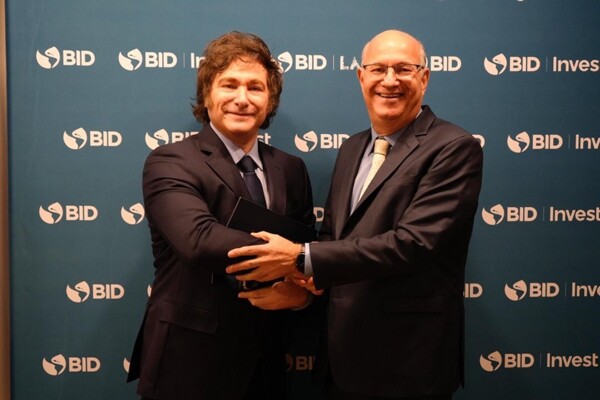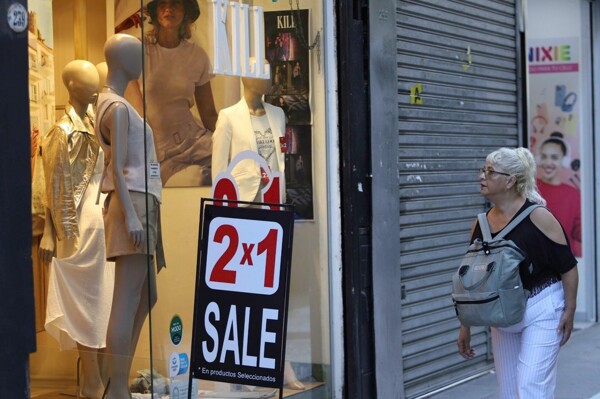
Fintechs are showing greater inclusion of women in their credit portfolios, reaching 53.3% of the total clients. Regarding deposits, digital wallets now cover 5% of private sector funds, representing a considerable increase compared to just two years ago when they were practically insignificant in this segment. These platforms not only facilitate payments and transfers but also offer interest rates for balances ranging from 33% to 42%, depending on the provider.
In contrast, the growth of digital payments is also noteworthy. Despite the opportunities offered by bank credit cards with more competitive rates through direct agreements between banks and businesses, fintechs and digital wallets are emerging as a relevant option compared to the traditional financial system. According to the Fintech Credit Report, conducted by ITBA and the Argentine Fintech Chamber, these platforms have granted loans to over 6.4 million Argentines, representing 19% of the total credits in the financial system.
"The financial ecosystem is diversifying with the growth of fintechs and digital wallets, which are offering increasingly accessible and competitive payment and financing alternatives," detailed Damián Di Pace, director of the Focus Market Consultancy. He stated that "these tools, along with direct agreements between banks and businesses, will play a key role in trying to improve consumption by 2025."
The national government has decided to extend the "Simple Installment" program until June 30, 2025, with substantial modifications including the elimination of the 9 and 12 installment options, leaving only the 3 and 6 payment options exclusive to SMEs in 2025. Direct rates have also been adjusted, influencing the total financial cost for consumers and the capacity of businesses to promote consumption.
In the last quarter of 2024, a 7% increase was recorded in the number of people applying for loans through these platforms, reaching 376 thousand users with an average balance of $124 thousand per credit. It is noteworthy that 40% of fintech credit users do not have other financial products, highlighting their role in financial inclusion. These services have mainly attracted a young audience, with 37.2% of borrowers aged between 18 and 29 years, significantly surpassing the proportion observed in traditional financial institutions.
Financing options are becoming more diversified, and while the Government extends the "Simple Installment" program until June, consumers are evaluating various options in the market. "Even in a recessionary economic context, transactions with credit, debit, and prepaid cards grew by 16%, 32%, and 34%, respectively. Although the program rates remain more competitive than the market in general, the reduction of payment modalities could alter the modality and cost of consumer financing in sectors such as appliances, technology, and construction materials," concluded Di Pace.














